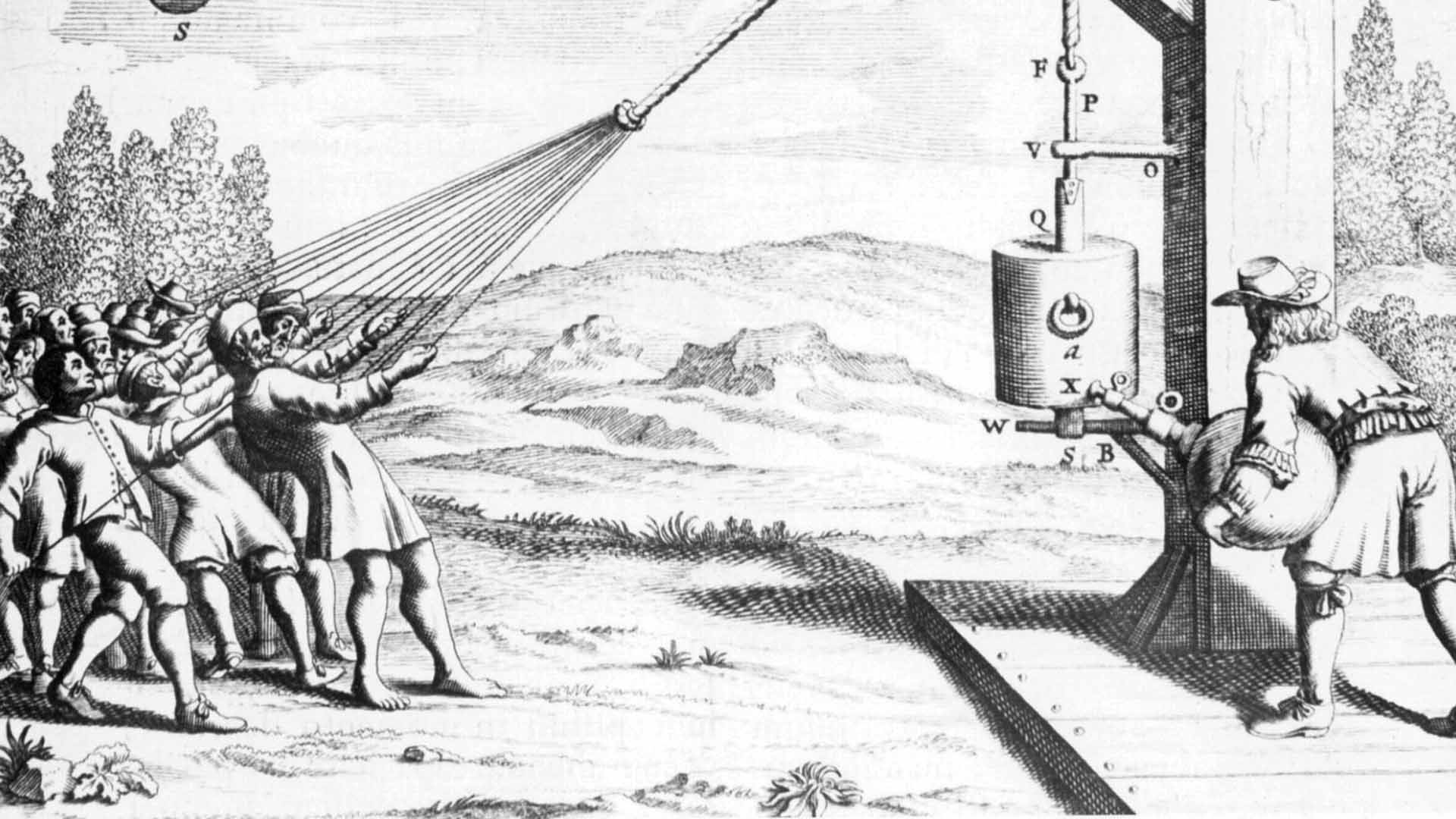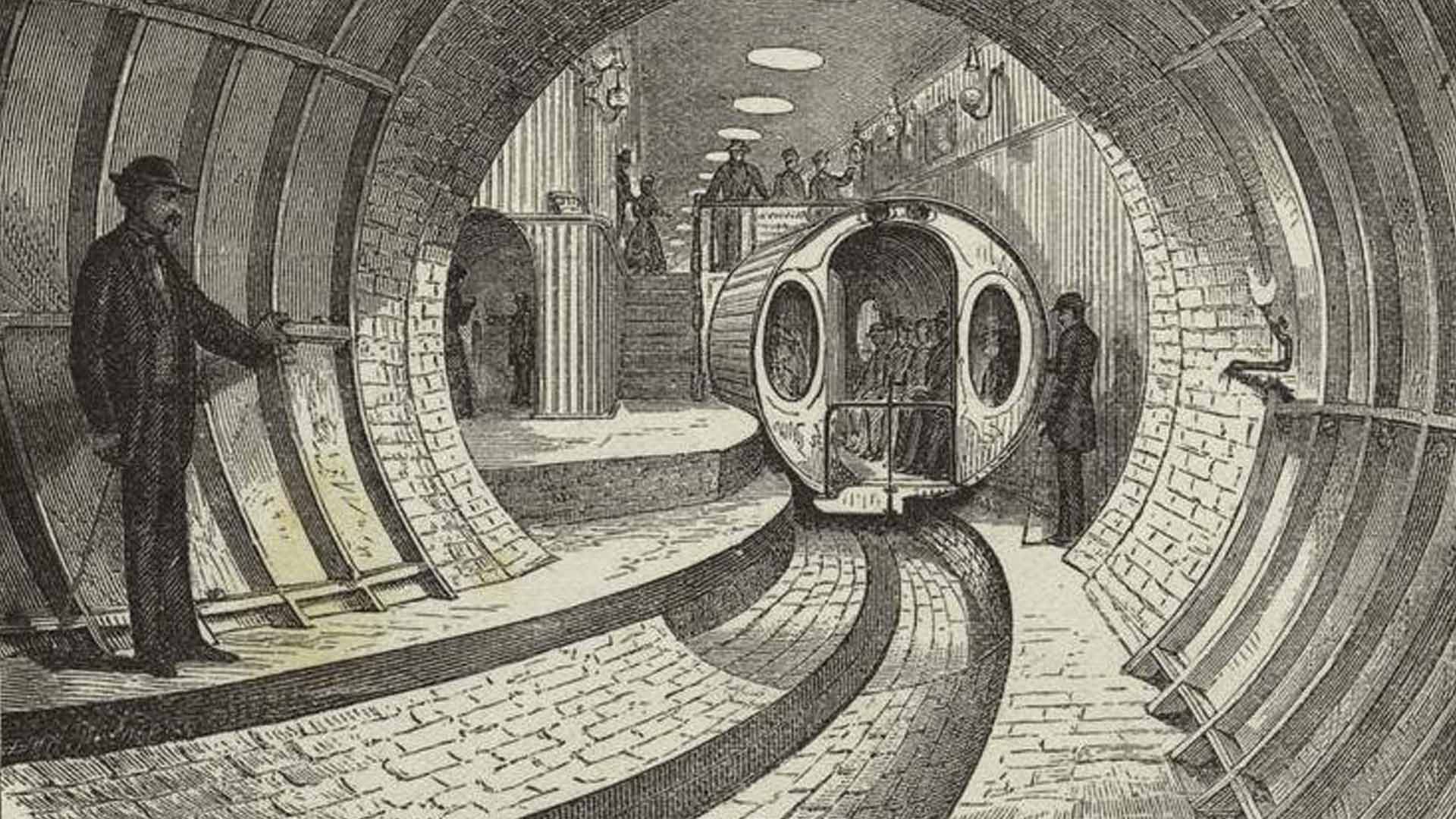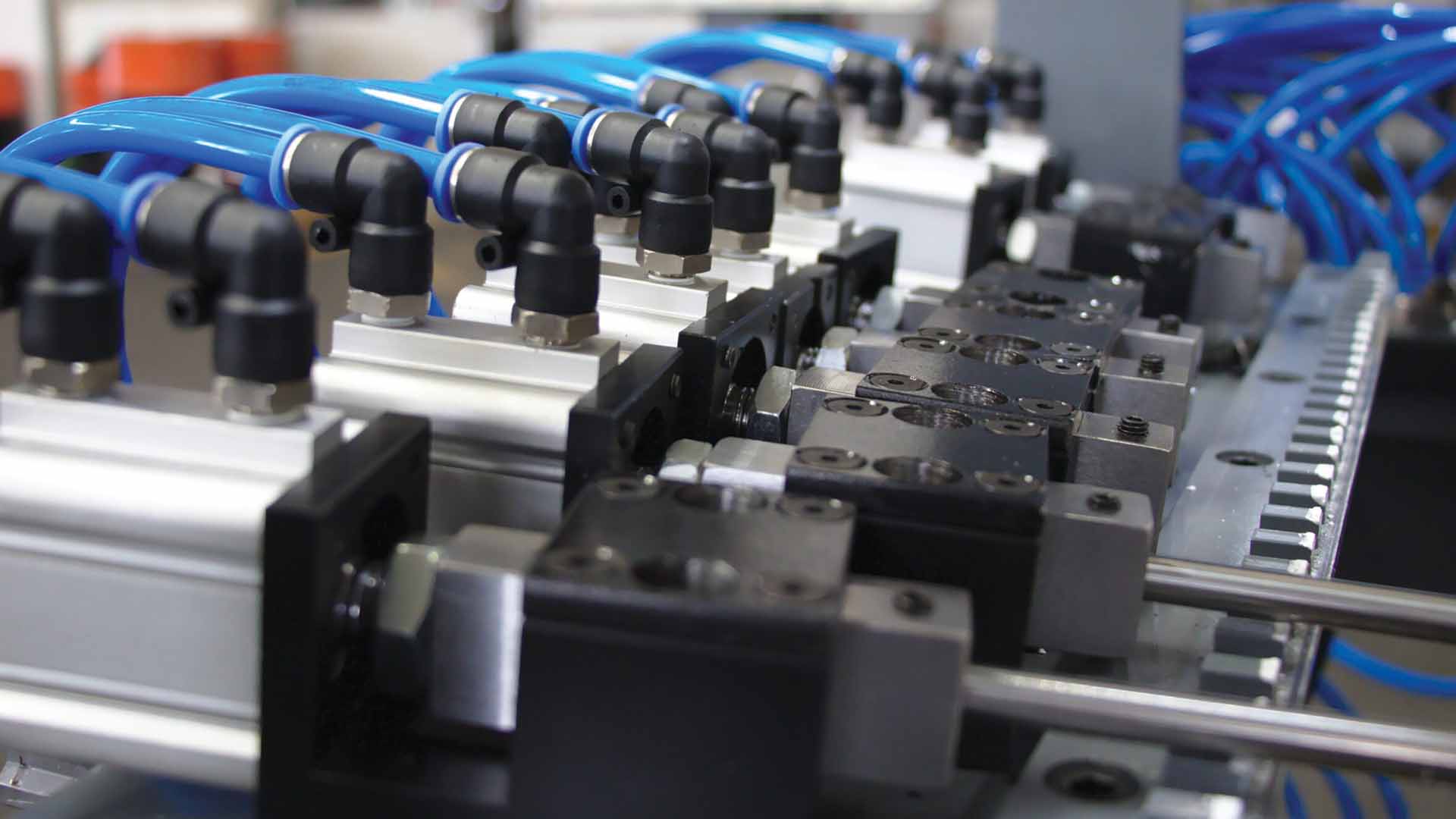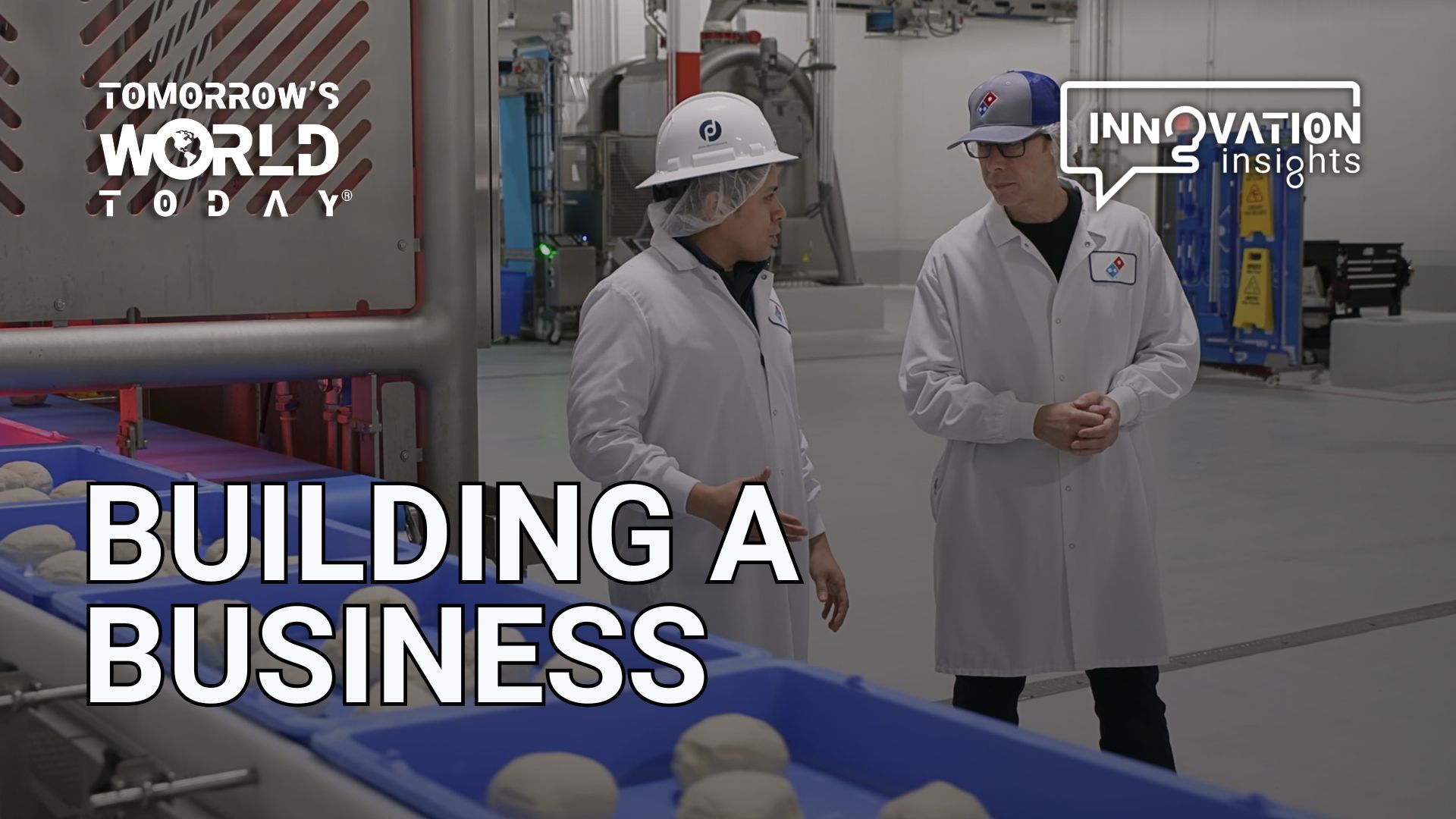Have you ever heard the term pneumatics? Even if the answer is no, many of the things you use daily involve pneumatics. Pneumatics has a rich history spanning thousands of years and will play a huge role in the future of sustainability for manufacturing.
What is Pneumatics?
In short, pneumatics is the science of using air to pressure, power and move something. By taking the energy garnered from compressed air, pneumatics converts the energy into practical use. This practical use is applied to a wide array of industries and products and can even help save the planet.

Photo Credit: Britannica
Origins
Humans have recognized and used the technology behind pneumatics for thousands of years. The first discovery of a pneumatic-based device is from blow-guns in 429AD that primitive hunters used to shoot their prey. The ideas behind pneumatics were then first written down by Greek mathematician Hero of Alexandria in the first century. He wrote and described how his inventions used the wind to generate power and move objects. These inventions influenced German physicist Otto von Guericke to invent the vacuum pump in the 1600s. This pump could draw out air or gas by using air pressure.

Photo Credit: NYC Subway
The 1800s
Following Guernicke’s invention, the 1800s and the Industrial Revolution brought upon many more pneumatic inventions, particularly aiding the transportation, communication, and manufacturing industries that rapidly grew during this era. For example, the compound air compressor that compresses air in cylinders was first patented in 1892. The compressor efficiency improved in 1872 by cooling the cylinders with water jets, otherwise known as water-jacketed cylinders.
More functional uses of pneumatics started in 1867 with Alfred Beach who built a pneumatic subway train in New York; the first subway in the United States. The subway used pneumatics to transport the vehicle through the underground tunnel, but it only lasted a few months after its construction in 1870. The perfection of electric multiple-unit traction and vehicles occurred shortly after this experiment, so an expanded pneumatic system was not deemed worthwhile.
Furthermore, John Wanamaker introduced pneumatic tubes to the United States Post Office in 1875 to transport letters throughout the building. Soon after, department stores implemented these tubes so that cashiers could transport money and important documents around the store.
The 1900s ‘Til Now
Since the invention boom of the 1800s, there has been a dramatic increase in the amount and usage of compressed air devices. After the 1960s, many of these pneumatic components were also digitally controlled. Pneumatics are almost everywhere today, from the axial flow and centrifugal compressors in jet engines to the air tool that helps clean your teeth at a dentist’s office. Most roller coasters also utilize pneumatics—the roller coaster with the fastest acceleration in the world is the only coaster in the world that uses a pneumatic air-launch system!
The Future of Pneumatics
Looking towards today and the future, pneumatics is an increasingly essential part of sustainability in manufacturing and automation. One example of this is the air recycling cylinder created by the pneumatics company SMC. A standard pneumatic actuator extends and retracts the cylinder to put air pressure on either side of the piston to move it back and forth, wasting air in both directions each time it actuates. On the other hand, SMC’s air-saving pneumatic actuator uses the same compressed air from the extend motion of the cylinder to initiate the retract motion. This uses 47% less compressed air than a standard cylinder and also cuts the air compressors’ run time, electricity, and carbon emissions in half.
Using pneumatics to help curb manufacturing’s carbon footprint is the future of pneumatics. April 27, 2021 even marked the first annual National Pneumatics Day, which celebrates the responsible and sustainable use of pneumatics, which will be powering our world for years to come.
To find out more about the future of pneumatics, stream Tomorrow’s World Today’s “The Power of Air” on SCIGo and Discovery GO.
Discover the World of Innovation, and discover the science behind exercise, how recycled art turns trash into treasure, and myths about fuel cells.








